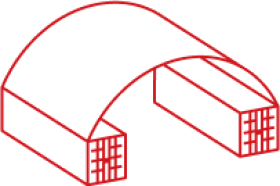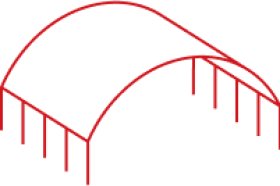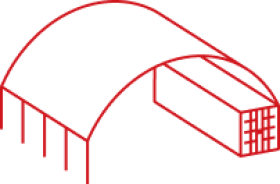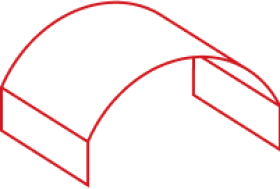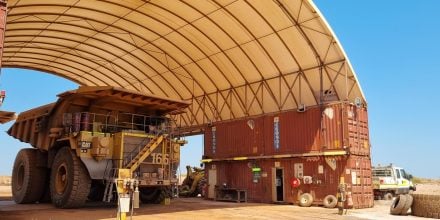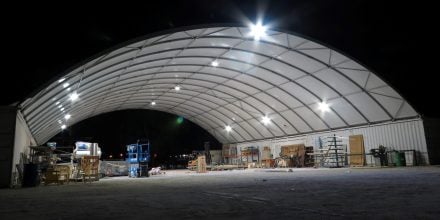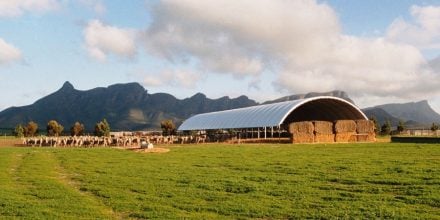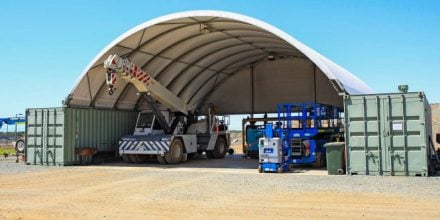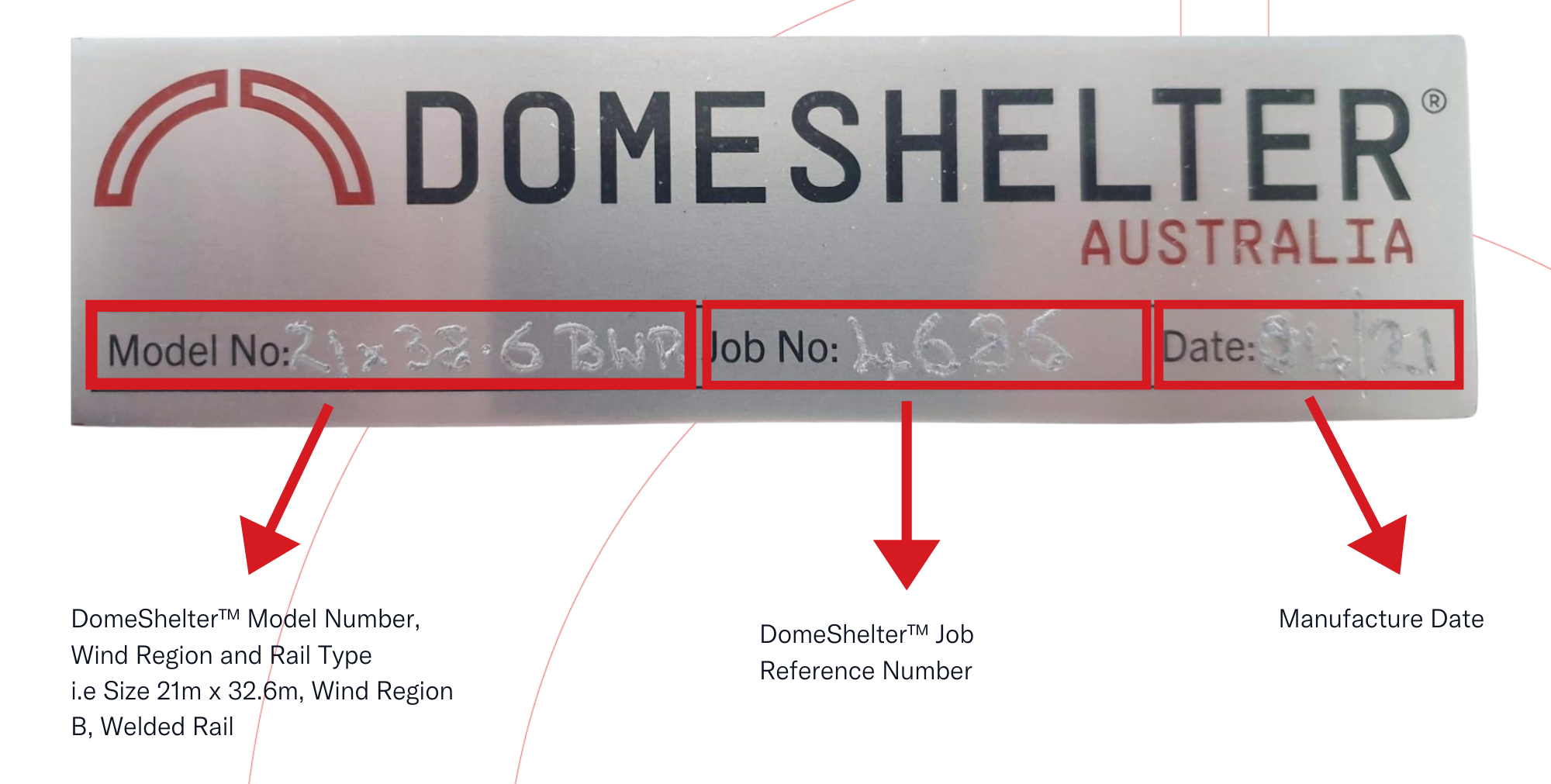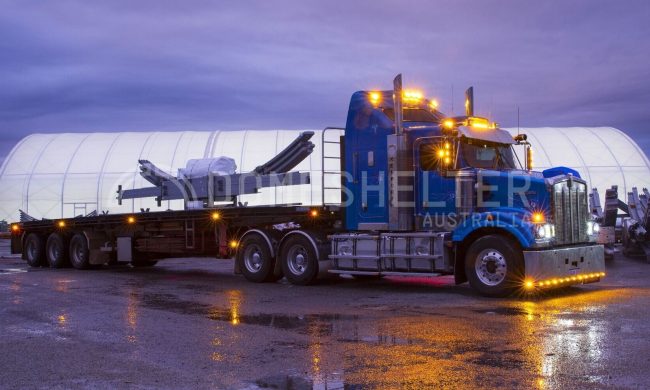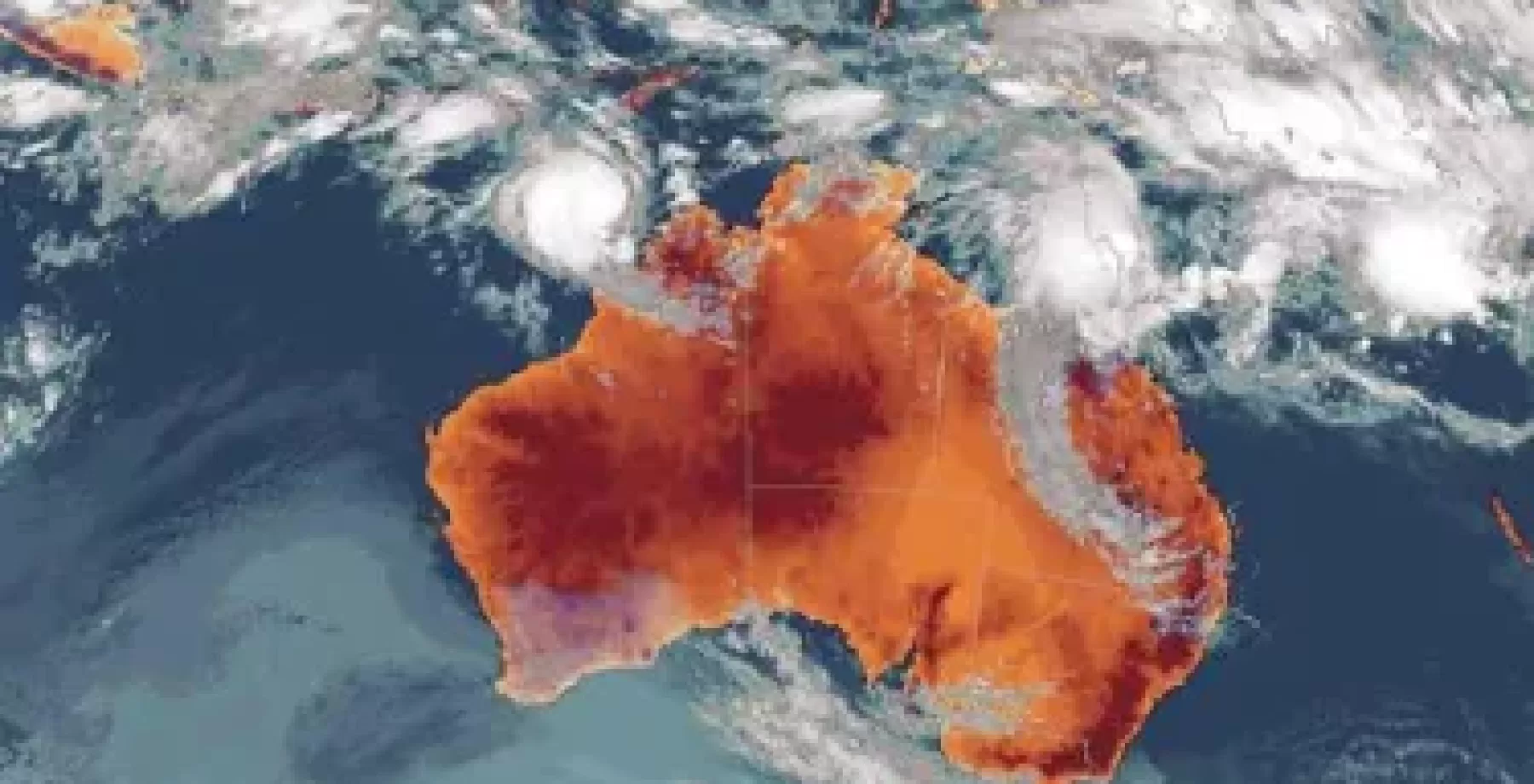
Particularly in Northern Australia, October/November calls for preparation, companies gathering their safety teams to carry out audits and prepare assets for the looming cyclone season. DomeShelter Australia customers often ask about the extreme weather event management plan required for a DomeShelter™ Structure, and, furthermore, what is considered an extreme weather event. DomeShelter™ Structures are manufactured to withstand high winds, but there are steps we suggest taking to protect your investment in the event of a cyclone or similar destructive weather event.
What is considered an extreme weather event?
‘Extreme weather event’ is a general description given to high-wind conditions that occur during severe thunderstorms, cyclones (in tropical areas), extensive deep low-pressure systems, and tornadoes. Weather reports featuring gale-force or storm-force winds above 90 km/h are usually considered ‘extreme’ weather.
Is My Shelter Engineered to Withstand Extreme Weather?
Each DomeShelter™ Structure is engineered to specific Wind Region & Design Parameters in accordance with AS1170:2016 – Structural Wind Actions. This is critical for the shelter’s ability to withstand an extreme weather event.
In rare instances, winds can exceed what’s stated by the Wind Code of Australia, and in these instances, preventative inspection, maintenance and preparation will prove more critical and beneficial to protect the structure.
What Is An Example Management Plan for DomeShelter™ Structures in the Event of Extreme Weather?
Your shelter is best placed for extreme weather events if it has been installed according to Manufacturers Specifications and Engineering Certifications.
The following are recommendations of actions you can take to prepare for these events and mitigate the risk of damage:
Check Engineering Certification or Rating:
- We strongly recommend you identify the specific Wind Rating and Design Parameters of your shelter. This way you can check whether your shelter’s design matches (or exceeds) the expected weather conditions. See www.domeshelter.com.au/wind-region-map/ to assist.
TIP: For a quick reference, on DomeShelter Structures manufactured in the last 10 years there should be an ID plate located on the structure that will allow you to easily find this information.
If you are able to identify the design criteria for your Shelter, check if certifications include the specifications of hold-downs and connections of the substructure (e.g. containers to footings). This is critical to the structural stability of your Shelter.
Also, some designs may have engineered drawings with specific notes stating the need for certain conditions to be met/acted upon ahead of a forecasted high wind event.
If you are not able to identify your Shelter’s design criteria, please contact us at [email protected] with photos of your shelter so we are able to assist with uncovering the relevant information.
Tarp
- Note and report any signs of degradation or tearing of the Tarp cover. It’s good to remember the Tarp Cover has a lifespan, and in some cases, replacement may be recommended. If the tarp is less than 5 years old, small holes/tears may be able to be patched with a Tarp Repair Kit.
- Check for any potential damage that could occur from objects pressing against or onto the Tarp.
- Check that the Tarp is correctly tensioned. A loose Tarp catches the wind easily.
- Check the tie-down tensioning system for any loose fixings or degradation. Tighten or replace as necessary.
- In the event of a cyclone warning (depending on the design criteria of the structure, see above) you may need to consider removing the tarp to eliminate potential damage from flying debris. Please note, however, due to the cost and risks of removing and reinstalling each time there is a threat of cyclones, some clients choose to view the covers as dispensable and leave them on. This decision has proved successful with the covers weathering the cyclones well. This decision is up to the client.
Framework
- Inspect and report any signs of framework damage, disconnection, fracturing or visible fatigue.
- Specifically check the connections to the substructure (e.g. containers) as per above.
Securing the Substructure (Footings, Etc.)
- Assess and ensure the hold-down detail matches the requirement on the Engineering Certification.
- Check for any missing, worn or loose/un-tensioned fixings
- Check for any signs of stress, cracking, corrosion, and/or movement in the baseplates, hold down brackets or concrete footings.
*Disclaimer: This is a guide only. The responsibility of the structural adequacy of the shelter once on site remains with the owner. It is important to always ensure the structure is installed and maintained in accordance to Manufacturers Specifications and Engineering Certifications.
